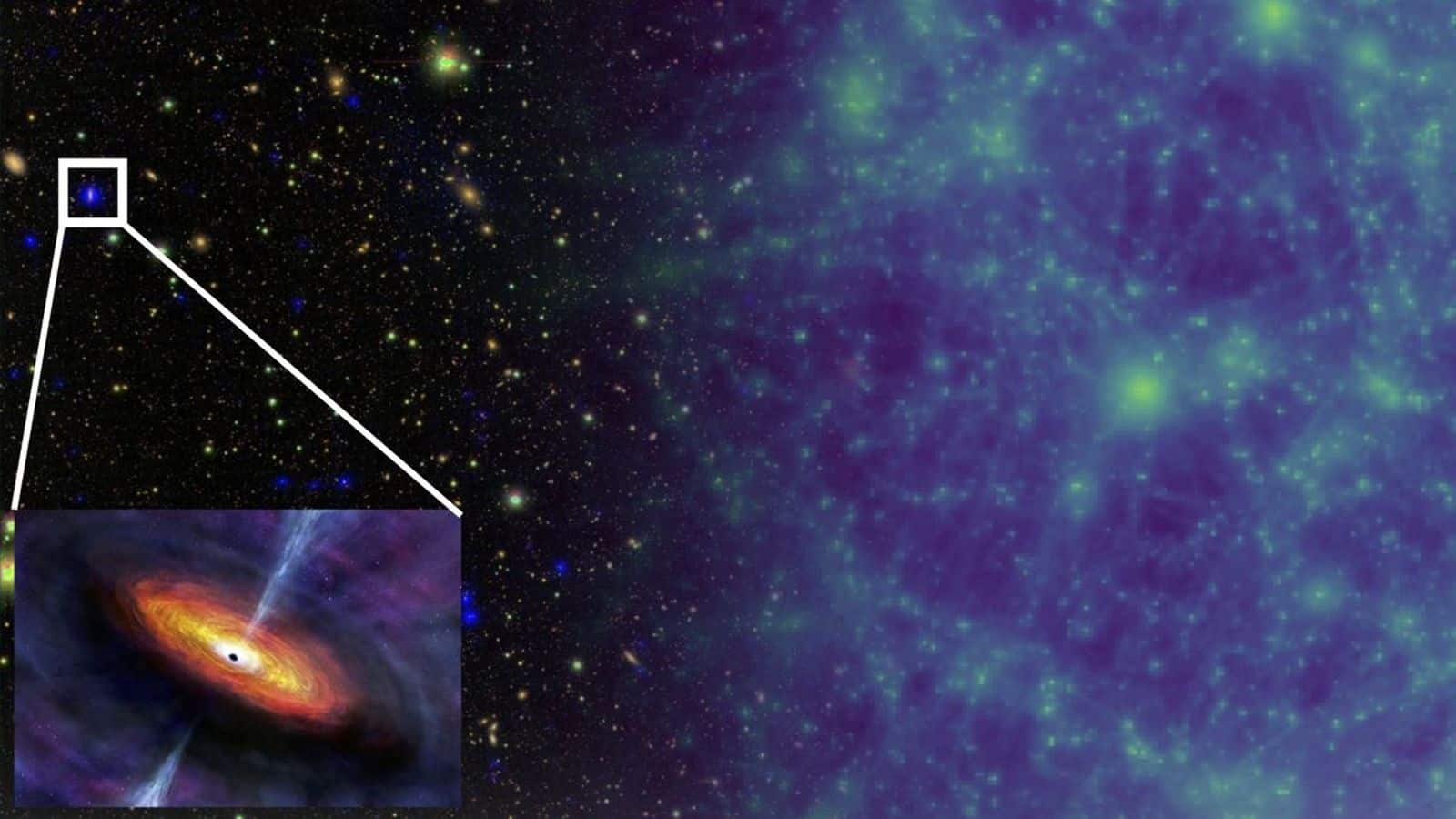
Scientists trace 12 billion years of supermassive black hole growth
What's the story
Astronomers from Penn State University have used X-ray observations and sophisticated supercomputer models, to map the evolution of supermassive black holes over a 12-billion-year period. The research, led by astronomers Fan Zou and W Niel Brandt, was presented at the 244th meeting of the American Astronomical Society. The team's findings shed light on the primary mechanisms driving the growth of these enigmatic cosmic entities.
Growth mechanisms
Black holes grow through gas accretion and mergers
The study identified two main mechanisms for the growth of supermassive black holes: the accretion of cold gas from their host galaxies and galaxy collisions. In the former, gas creates an accretion disk around the black hole, spiraling toward its core and emitting X-rays due to gas molecule friction. In the latter, supermassive black holes from merging galaxies combine, emitting gravitational waves. The team analyzed data from NASA's Chandra X-ray Observatory and other sources to understand these processes.
Scenario
Accretion dominates supermassive black hole growth
The analysis of over two decades of X-ray data by the research team, revealed that accretion has been the primary driver of supermassive black hole growth throughout cosmic history. "When supermassive black holes accrete the surrounding gas they emit strong X-rays, so by detecting them in the X-ray bands we can measure their accretion power," explained Zou. The study also discovered that supermassive black holes grew more rapidly earlier in the universe, with new ones frequently appearing.
Insights
Mergers became significant later in cosmic history
By about seven billion years ago, the total number of supermassive black holes had become more or less settled with few new ones forming. Mergers became more significant later in cosmic history, peaking about four billion years ago. The researchers also modeled our galaxy's black hole, Sagittarius A, concluding that it grew most of its matter relatively late in cosmic time, primarily through accretion.